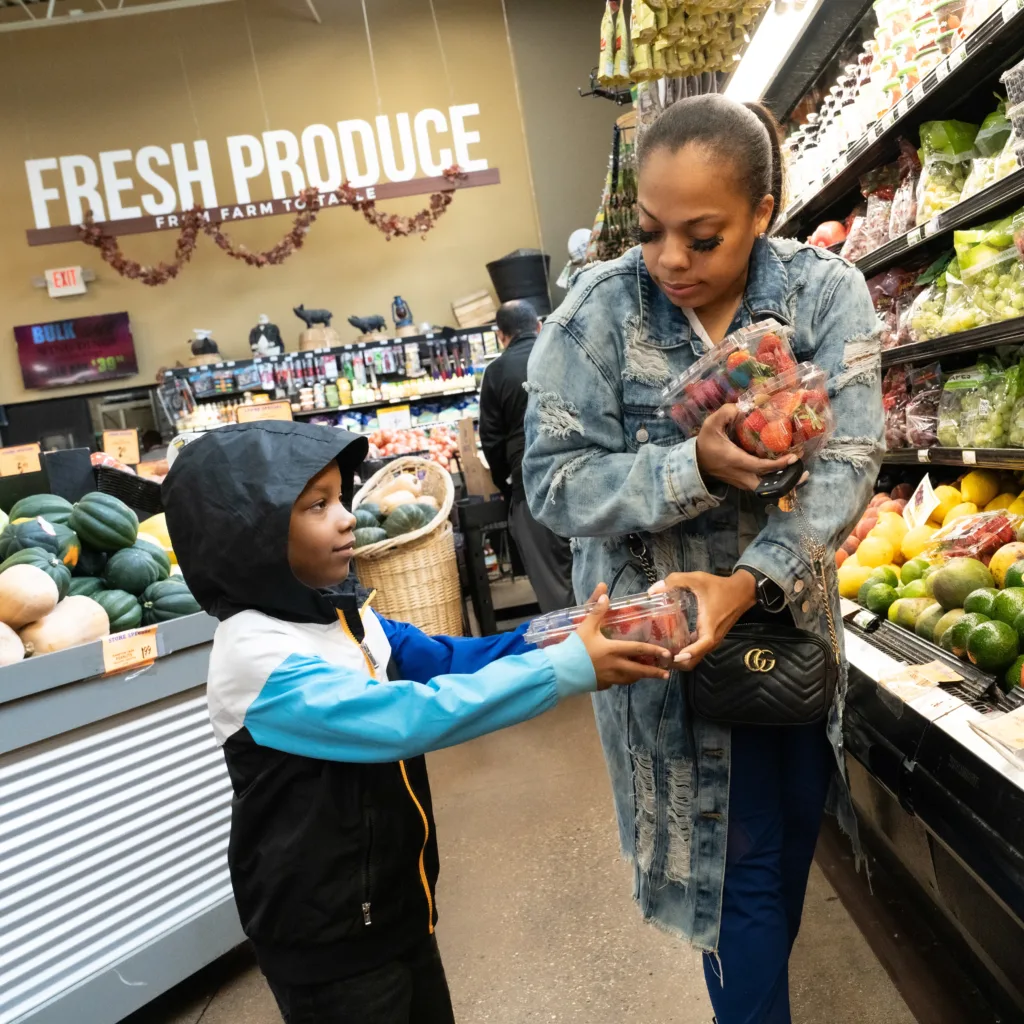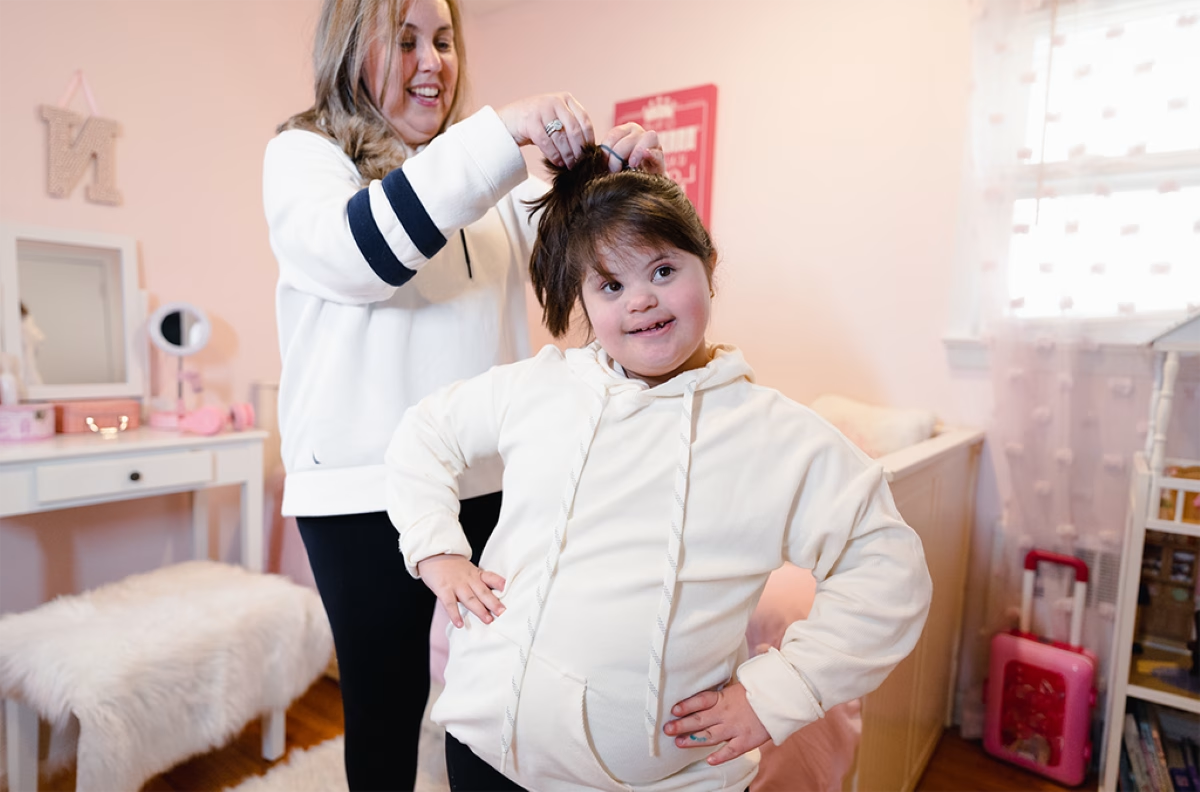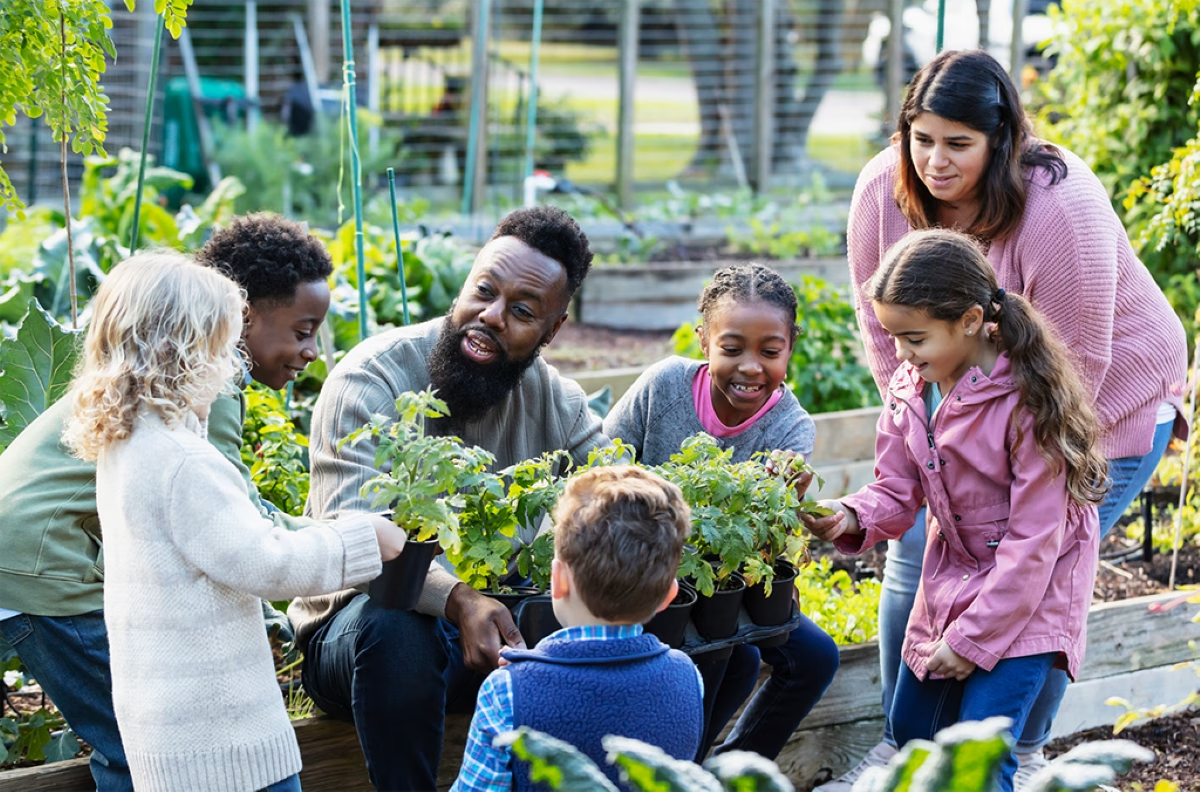We believe every community in every ZIP code should be a place where people can live their healthiest lives. Regardless of race or income, everyone should have a safe, affordable home, easy access to healthy food, clean water, good job opportunities, and what they need to be well. All of these factors influence our ability to reach our best possible health and wellbeing.
When we envision the communities we want to see in the world, we understand there’s no single vision for what a healthy community looks like. The vision should be rooted in and the work driven by the people who call it home.
I’m excited about the work RWJF is doing to help communities across the country realize their own visions. As we continue to learn more and more about what it takes, we remain committed to supporting projects and community leaders who are breaking down barriers to better health and confronting structural racism.
We understand that in order to change policies and systems to better support health for everyone, we must work in partnership and solidarity with local leaders and residents who have the knowledge and experience to advance home-grown solutions in their communities.
Our work to prevent childhood obesity is a good example of this. There are so many ways our work to create healthy communities intersects with the work we’ve done to prevent childhood obesity and support strong local food systems that promote access to healthy food.
Carrying all we learn with us, it’s impossible to imagine a healthy, thriving community where fresh foods are not available to everyone who lives there.
- How can people be healthy if they can’t afford or find nutritious foods in their neighborhood?
- How can kids learn and engage at school if they’re hungry?
- How do communities create a sense of belonging if some people can’t access foods that represent their cultural identity?
- How do families who are struggling financially choose between paying rent or putting food on the table?
We all need healthy food to nourish our bodies and minds. Access to healthy food is not only a basic human need but also an essential part of a healthy community where everyone can flourish.
As our work to prevent childhood obesity has evolved, we’ve learned that obesity is one indicator of how our communities can fall short of supporting our health, but only one. As we continue to dive deeper into what is needed to live our healthiest lives, we focus on addressing the systemic barriers while also investigating what we can do right now to expand opportunities for health in our communities and serve all people better.
Together we can redesign the systems that currently limit opportunities to be healthy and create new ones that promote inclusion, support health, and heal our communities one neighborhood at a time.





